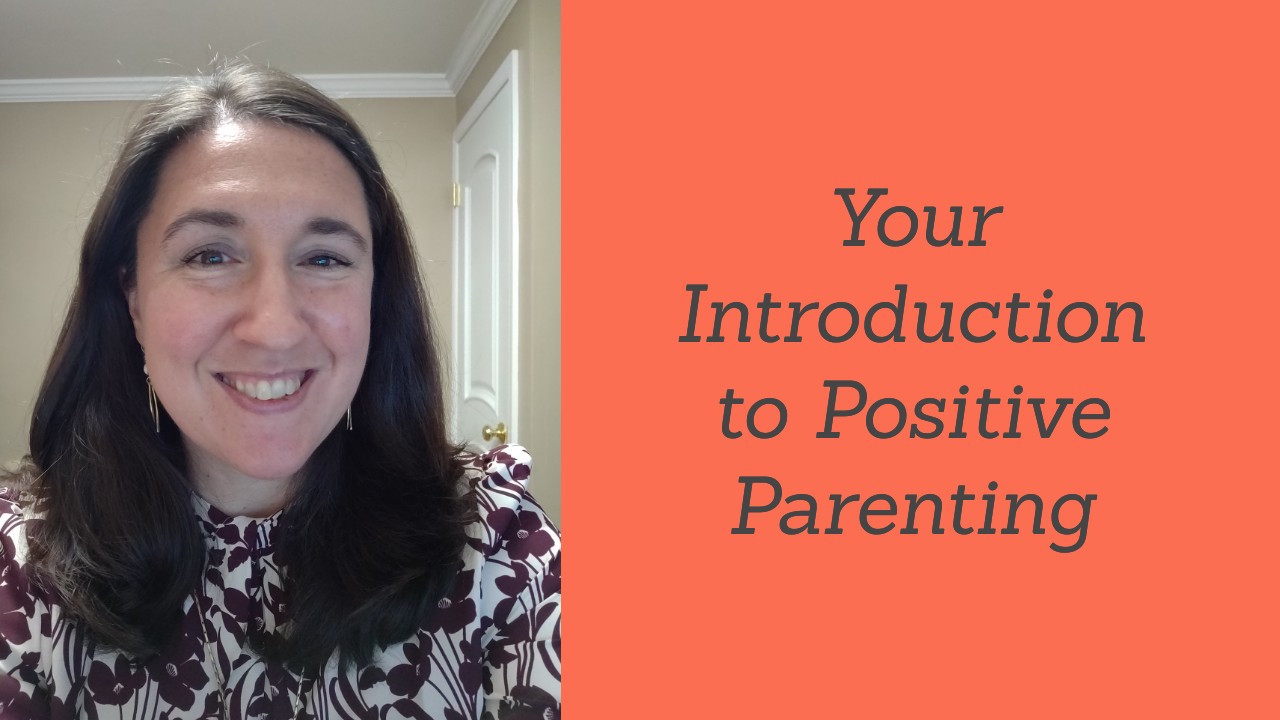Whether it’s called positive parenting, gentle parenting, or peaceful parenting, the main tenets are quite similar. The idea behind raising your child through positive parenting is to prioritize the parent-child relationship and teach your child to be his own independent person, rather than an extension of the parent.
First, please click on the image above, like the video, and subscribe to my YouTube channel for more free positive parenting tips!
In this video, I give you an introduction to the main ideas behind positive parenting. I’ve summarized them below:
- Practice positive reinforcement. Studies have shown that children (and adults!) are better motivated by praise than by the threat of punishment or criticism. Children are better motivated to do what you want them to do by you praising them, much more so than by your instilling fear in them if they do not perform adequately.
- Prioritize the parent-child relationship. Make sure that your child feels loved unconditionally, and make sure that all his needs are met, including his emotional needs, before you address or try to correct any behavioral issues. When a child feels that his wants and needs are important to his parents, he is much more apt to work with you and cooperate.
- Use moments to create positive connections with your child before criticizing or correcting. Children always remember these positive moments with their parents.
- Listen to your child with no judgment and without emotionally overreacting. When in doubt about how to respond, nod and make eye contact so your child knows that you’re listening, and say, “I hear you,” or, “I understand.”
- Always validate your child’s feelings. Make sure your child understands that his wants, needs, and feelings are important. Your child (like any adult) has the right to his feelings. Suggesting otherwise sets him up for a lifetime as an adult with codependency and boundary issues, as I explain in the above video. You can show your child that his feelings are important and valid by saying, e.g., “I hear you,” without agreeing or disagreeing.
Click here for the full video! Let me know how it goes!
Happy Friday!
Get helpful writing tips and more
in your inbox
Join the tribe and get free fiction and self-publishing tips.
Thank you for subscribing.
Something went wrong.


Be First to Comment